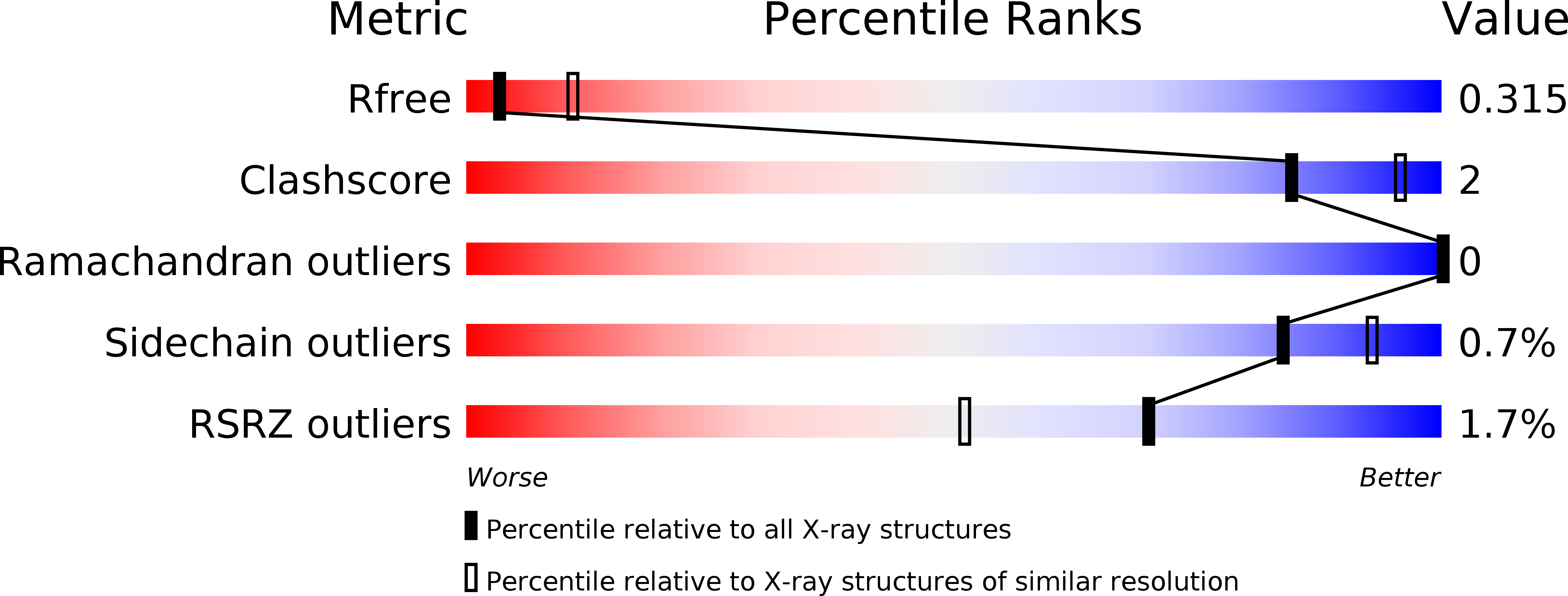
Deposition Date
2014-04-25
Release Date
2015-05-06
Last Version Date
2024-11-06
Entry Detail
PDB ID:
4D0D
Keywords:
Title:
COMPLEX OF A B2 CHICKEN MHC CLASS I MOLECULE AND A 8MER CHICKEN PEPTIDE
Biological Source:
Source Organism:
GALLUS GALLUS (Taxon ID: 9031)
Host Organism:
Method Details:
Experimental Method:
Resolution:
3.13 Å
R-Value Free:
0.29
R-Value Work:
0.29
R-Value Observed:
0.29
Space Group:
P 21 21 21


